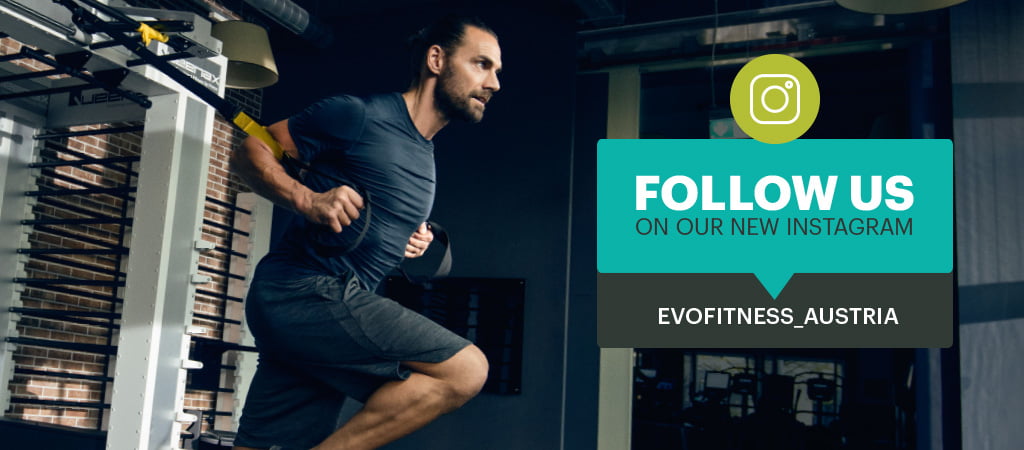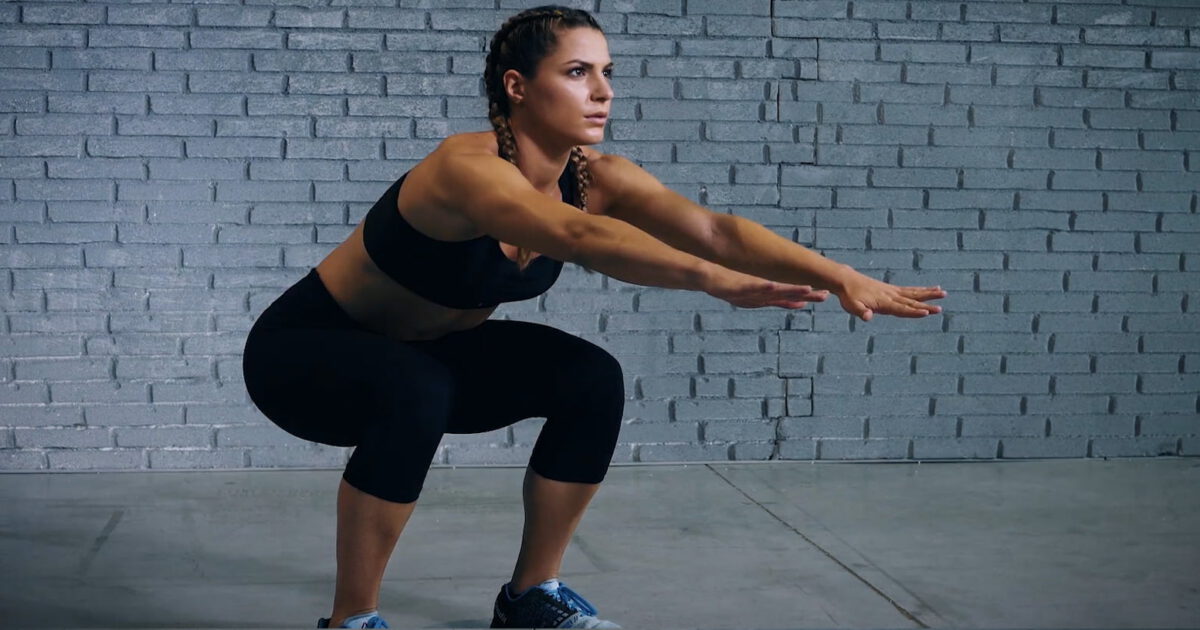The squat hold is a challenging isometric exercise that will develop lower body strength and core control. Hold your breath and join us in this tutorial to learn how to perform this exercise correctly.
WHAT
- The squat hold is a challenging isometric exercise that will develop lower body strength and core control.
- It can be used both as a warm-up exercise, as active recovery, or as a standalone exercise within any workout.
- The exercise requires the right ankle and hip mobility to perform correctly.
HOW
- Stand with feet shoulder-width apart, and feet turned out slightly for comfort. Engage the core and set the shoulders.
- Raise the arms in front of the chest and slowly squat down, pushing the knees outwards, so they remain over the toes. Squat until the hip crease is below knee level and keep the arms in front for balance and stability.
- Hold this position for time, ensuring that you continue to breathe comfortably.

WHY
- The squat is a foundational movement that all healthy humans were once able to do. As children, the deep squat was the best way to get down to the floor to pick up objects, as well as our default sitting position. As we get older, we lose the ability and mobility to squat deep. This is further compounded by fixed range exercise machines and bad techniques that teach us to squat only to 90 degrees (seated position).
- Lack of ankle mobility is one of the most common reasons for not being able to deep squat. While the 90-degree squat may be one of the reasons for this, poor footwear can also contribute. Heeled shoes cause the calf muscles to remain in a shortened position, resulting in adaptive shortening over time, which can limit ankle dorsiflexion – a prerequisite for the deep squat.
- If reduced ankle mobility is an issue, this should be addressed first through strategies such as foam rolling and regular stretching of the calves. During this time, the deep squat can be modified by placing the heels on a 1-inch block, such as a weight plate or rolled up exercise mat. This will allow you to get a full range of motion without the effect of ankle restriction. As ankle flexibility/mobility improve, reduce the height of the block until the feet are flat on the floor. This can take up to several months if there are severe mobility issues – so don’t be discouraged, persevere, and you’ll reap the benefits of this excellent exercise.
- When executed adequately with functional mobility, the squat hold is an immensely challenging exercise at any level of fitness.
Squat hold is now mastered. Don’t hold back any longer and try some other tutorials:
- Jumping lunge with arms overhead
- Jumping jacks
- Inverted jump
- Jumping lunge
- Explosive floor bridge
- Single-leg squat
- Reverse lunge
- Kettlebell clean and press
- Lateral hip foam roll
- Core bag clean
- Deep squat hip out
- Angled push-up
- Abdominal hollow
- Push-up on knees
- Kneeling hip flexor stretch
- Barbell deadlift row
- Dumbbell chest press
- Kinesis chest press
- Superfunctional hamstring stretch
- Shoulder foam roll
- Lean back squat
- Inverted press
- Floor bridge




